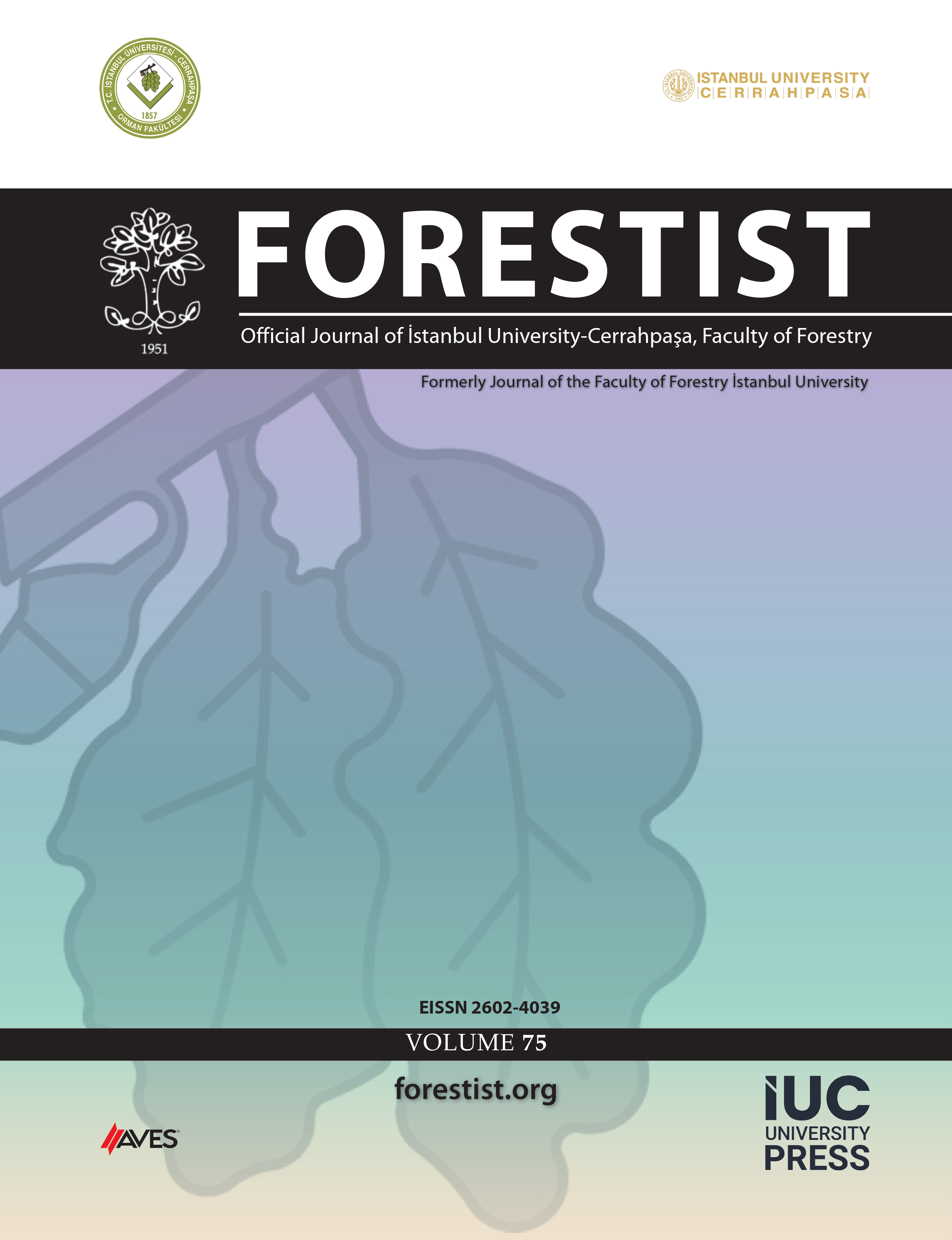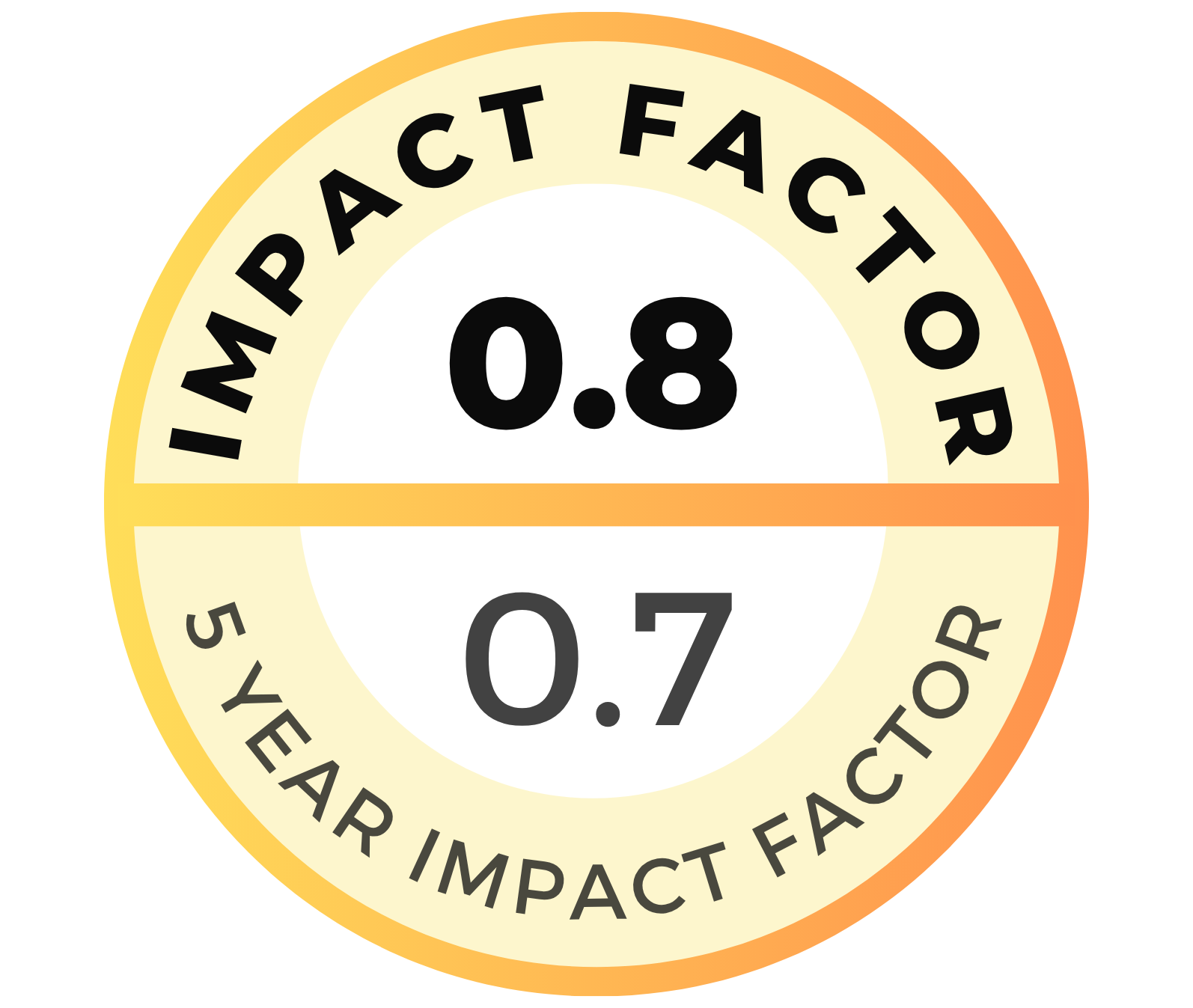Abstract
Forest biodiversity is important for sustainable development. The triad forest management approach, which involves dividing a forest into three zones: intensive management for timber production, conservation for biodiversity, and extensive or multi-use for mixed objectives, is emerging as a feasible option for enhancing forest biodiversity by fostering the achievement of sustainable forest management. While numerous studies on the triad’s applicability to forest biodiversity conservation have been extensively tested, its application in developing countries remains limited. This study explored Kenya’s current state of forest biodiversity conservation from the triad management perspective, with a view to recommending strategies for enhancing forest biodiversity conservation and management, and contributing to the increased understanding of triad management in the context of developing countries. Case study research design and document content analysis were used in this qualitative research. Results from ten peer-reviewed articles and four policy documents revealed that Kenya’s public forests are mega-biodiverse and provide many ecological goods and services. Several national and international efforts have been initiated to promote the sustainable management of these forests, including the quest to increase the country’s tree cover to 30% by 2032 through the “whole of government” and “whole society” approach. However, from the triad management perspective, even though the current multiple-use forestry approach was yielding some desirable ecological, social, and economic benefits for forest biodiversity conservation, results show increasing coverage of key biodiversity areas and demarcation of crucial biodiversity hotspots in counties such as Nyandarua, Kilifi, Kwale, and Taita Taveta. However, species populations are declining due to threats occasioned by habitat destruction, human-wildlife conflicts, climate change, pollution, and invasive species. Addressing these threats requires urgent, targeted, and holistic approaches that integrate ecological, social, and economic considerations in long-term sustainability plans, such as the National Landscape and Ecosystem Restoration Plan 2023–2032, which seeks to restore degraded landscapes in Kenya.
Cite this article as: Chisika, S. N., & Yeom, C. (2025). Enhancing biodiversity conservation in public forests: A triad management perspective from Kenya. Forestist, 75, 0024, doi:10.5152/ forestist.2025.24024.




.png)
